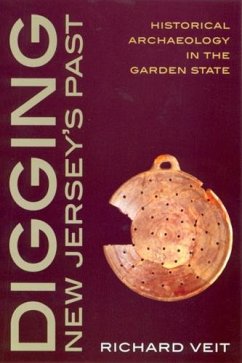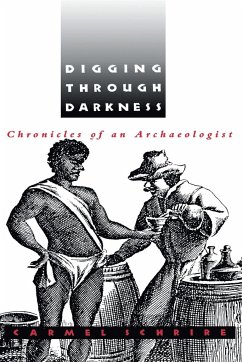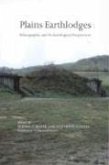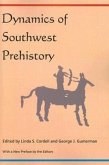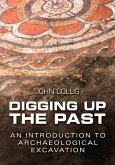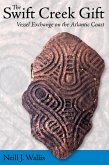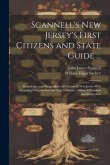When people think of archaeology, they commonly think of unearthing the remains of ancient civilizations in Egypt, Greece, Rome, Central or South America. But some fascinating history can be found in your own New Jersey backyard -- if you know where to look. Richard Veit takes readers on a well-organized guided tour through four hundred years of Garden State development as seen through archaeology in Digging New Jersey's Past. This illustrated guidebook takes readers to some of the state's most interesting buried treasures and tells us what has been learned or is being learned from them. The diverse array of archaeological digs, drawn from all parts of the state, includes a seventeenth-century Dutch trading post, the site of the Battle of Monmouth, the gravemarkers of freed slaves, and a 1920s railroad roundhouse, among others. Veit begins with an explanation of the basic techniques used by historical archaeologists. He explains how they know where to dig and what sites are likely to yield important information. He then describes excavation techniques: How do archaeologists go about excavating a site? What happens to artifacts after they have been removed? How are they cataloged, stored, and interpreted? The book then moves through the state's history, from the contact of first peoples and explorers, to colonial homesteads, the Revolutionary War battlefields, cemeteries, canals and railroads, factories and laboratories of early inventors. Such excavations help us to better understand poorly documented historical episodes, the lives of disenfranchised people, and the realities of day-to-day life in the past. Veit concludes with some thoughts about the future of archaeologicalresearch in New Jersey and with suggestions on ways that interested individuals can become involved in the field.
Hinweis: Dieser Artikel kann nur an eine deutsche Lieferadresse ausgeliefert werden.
Hinweis: Dieser Artikel kann nur an eine deutsche Lieferadresse ausgeliefert werden.

